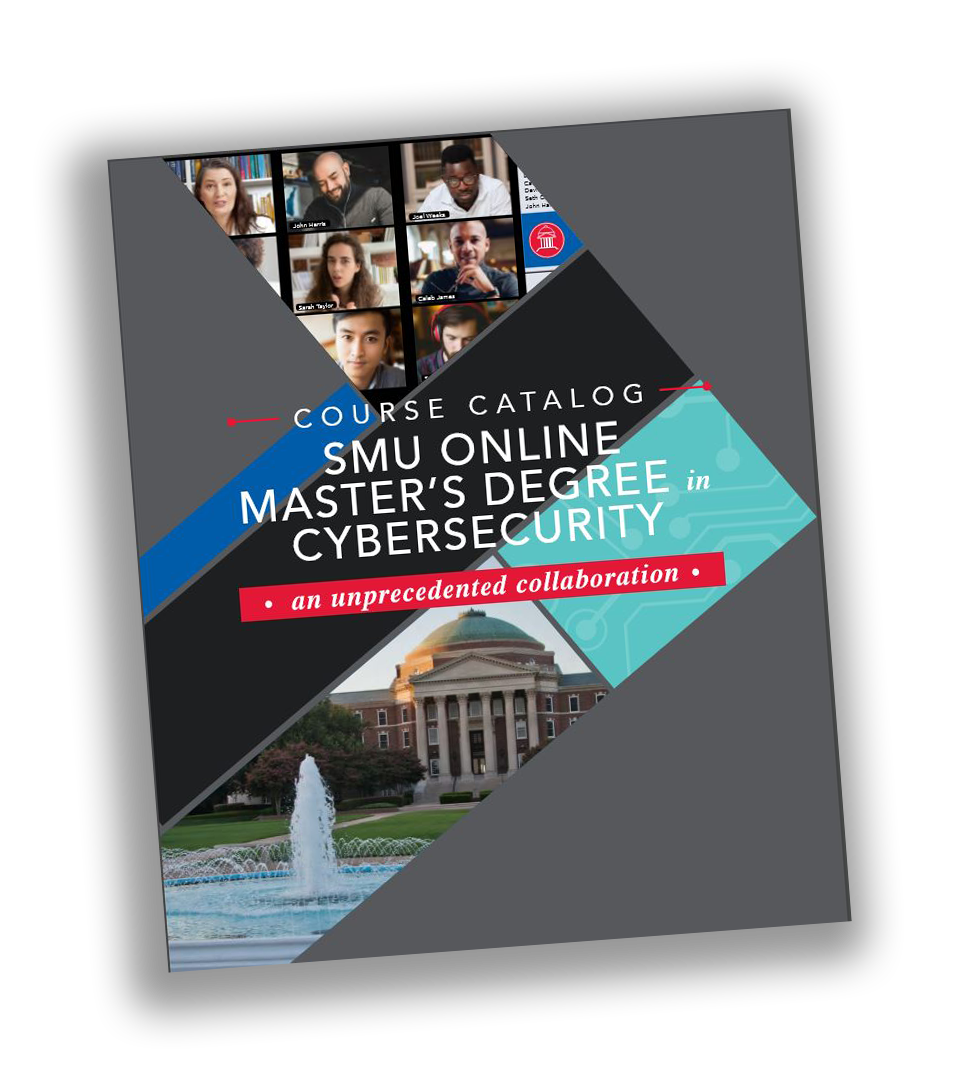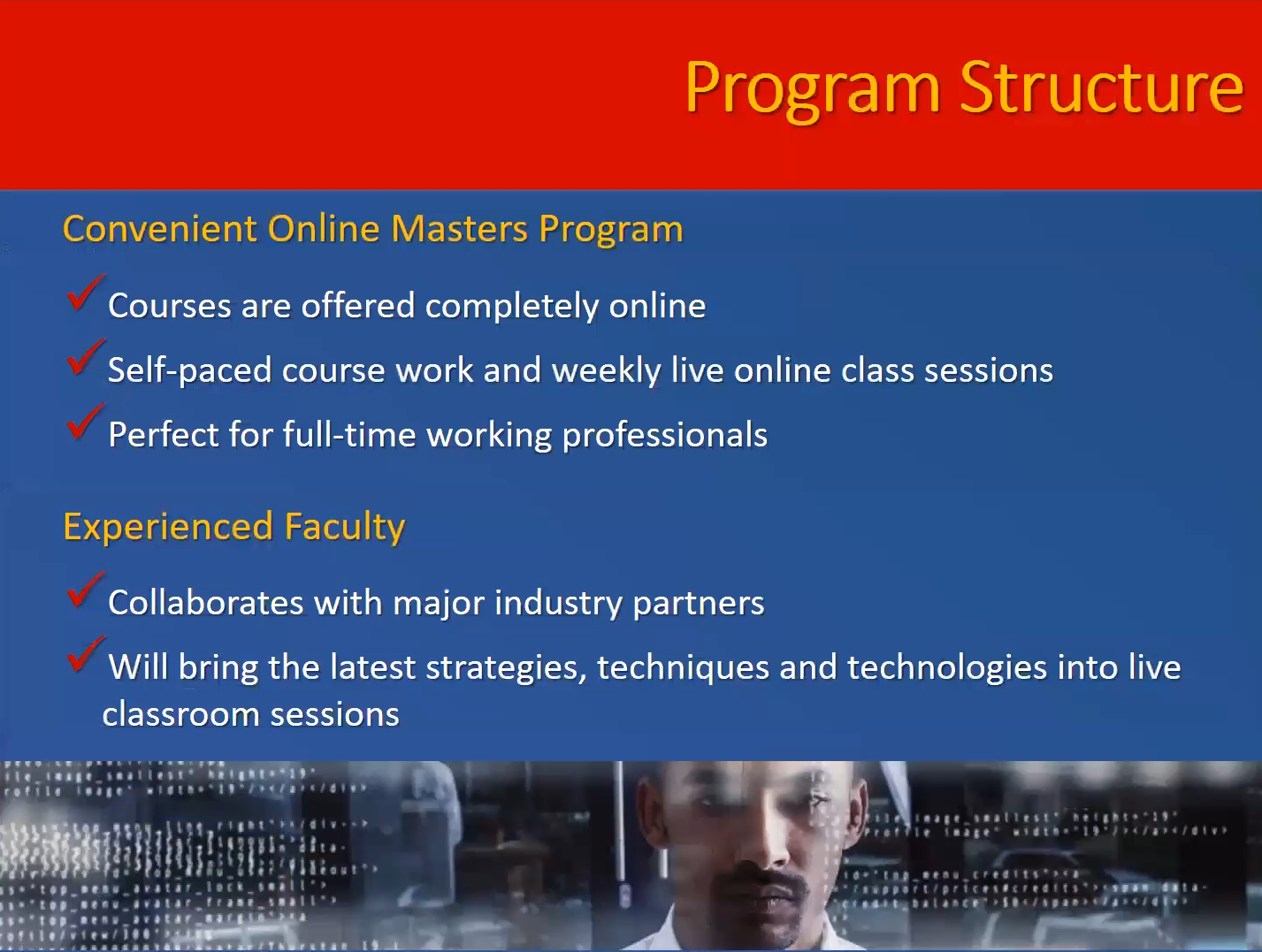Cybersecurity is a rapidly evolving field. Each year, thousands of new malware variants are created and unleashed on the world.
While some of these just repackage existing ideas, others are unique and pose new challenges for cyber defenders. Threats like ransomware came out of the woodwork with Wannacry and are now one of the most common and damaging types of malware in existence.

The future of cybersecurity can be difficult to predict since it moves so rapidly and is driven by hackers with their own goals. However, several different trends have emerged in recent years that may point to some of the dominant features of the future of cyber attacks.
Ransomware is a famous example of a ransom-based attack where hackers use cryptography to deny users access to their computers and files. These attacks explicitly demand money from victims rather than trying to monetize stolen data or trick users with phishing scams. Ransomware is one example of ransom attacks, but it is definitely not the only one in existence. Ransom Distributed Denial of Service (DDoS) attacks extort a ransom in exchange for ending an attack that renders an organization’s web presence inaccessible. As the hacker service-based economy continues to grow, other types of ransom attacks are likely to make an appearance as well.
The Internet of Things (IoT) is designed to make life more convenient by increasing the connectedness of everyday devices. The ability to monitor and manage devices from a smartphone app decreases strain on the owner. However, another impact of the IoT is a dramatic change in the Internet landscape. Previously, the Internet was primarily composed of computers, which were well-designed, frequently updated and protected by antivirus. IoT devices are notorious for their poor security and management (who thinks to update their lightbulb?), making them a common target for hackers. These devices can either be used for their original purpose (collecting highly sensitive data about their owners) or incorporated into botnets to increase the scale of other cyber attacks.
Artificial intelligence (AI) and machine learning (ML) are some of the biggest buzzwords in existence; however, they have already made serious positive impacts in a variety of different fields. AI and ML allow the development of software based off of models that the programmer does not have to understand. By identifying and extracting relationships from vast quantities of data, AI and ML can label something as benign or as an attack based upon features incomprehensible to humans. Currently, cybersecurity AI and ML are in its early stages. While many organizations are developing AI-based systems, they’re still in their infancies. However, AI and ML will almost certainly play a major role in helping to reduce the load on overwhelmed cyber defenders. However, the powers of AI and ML aren’t limited to just the good guys. The future of cybersecurity will likely include the use of AI to help perform cyber attacks and even AI vs. AI battles as attacking and defending AI play a cat and mouse game, trying to learn and defeat each others’ models.

Antivirus software is designed to detect and protect against malicious files that are installed and executed on computers. The effectiveness of these systems in detecting malware is largely dependent on the fact that the malware consists of files and that it is possible to easily extract samples of the malware from infected devices for study. Fileless malware is designed to defeat both of these assumptions. Instead of downloading and running a malicious executable, fileless malware “lives off the land.” Every computer includes a collection of powerful programs (like the command line) that include valuable functionality for hackers. Rather than writing their own programs, hackers develop malware that uses these programs instead by running a series of commands from a “trusted” piece of software (like Microsoft Word). As a result, no files are saved on the computer’s hard drive for an antivirus to scan, making the malware much harder to detect and eradicate.
While some uncertainty exists regarding the details of cybersecurity’s future, it’s certainly a bright one. Businesses are increasingly reliant on computers and the Internet to perform core business functions, and, as a result, need cybersecurity professionals to help protect them. The growing cybersecurity talent gap makes it an ideal time to transition into the cybersecurity field.
Cybersecurity can be a fun and rewarding profession, but it's far too easy to get only bad press with the bosses. A cybersecurity failure creates a very visible mess, while successfully defending has little or no visible impact. Getting the credit for protecting your organization against cyberattacks requires taking action to make your successes as visible as your failures. Educating management about the threats that they face helps them better understand the job that you do, and collecting and reporting metrics gives them the hard data that they need to give credit where credit is due.
Led by top industry professionals, the SMU Online Master’s in Cybersecurity offers the practical skills necessary to manage cybersecurity throughout an enterprise. Learn more about how this program will help you best prepare your company to stay on top of the latest cybersecurity trends, and get ready for the future.
The SMU Online Master’s Degree in Cybersecurity offers a clear pathway to building credibility for your cybersecurity talent. To learn practical cybersecurity management skills from top industry professionals in this program, visit our website or contact us.